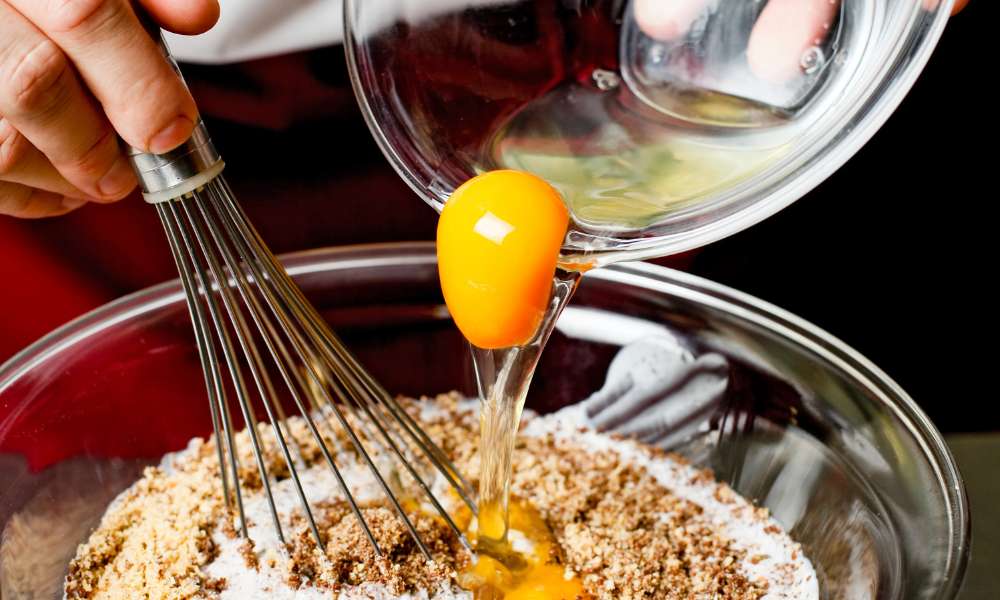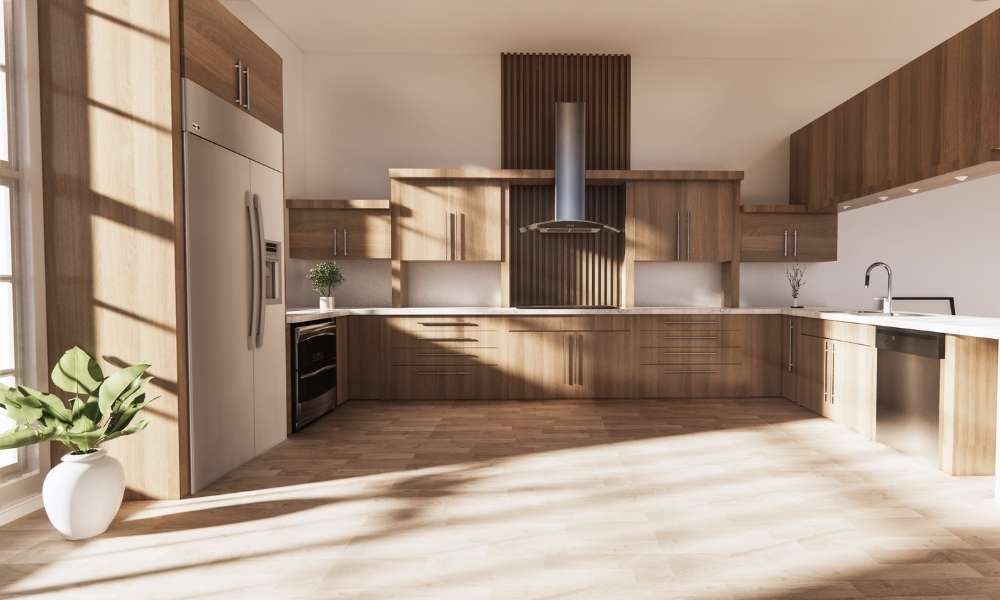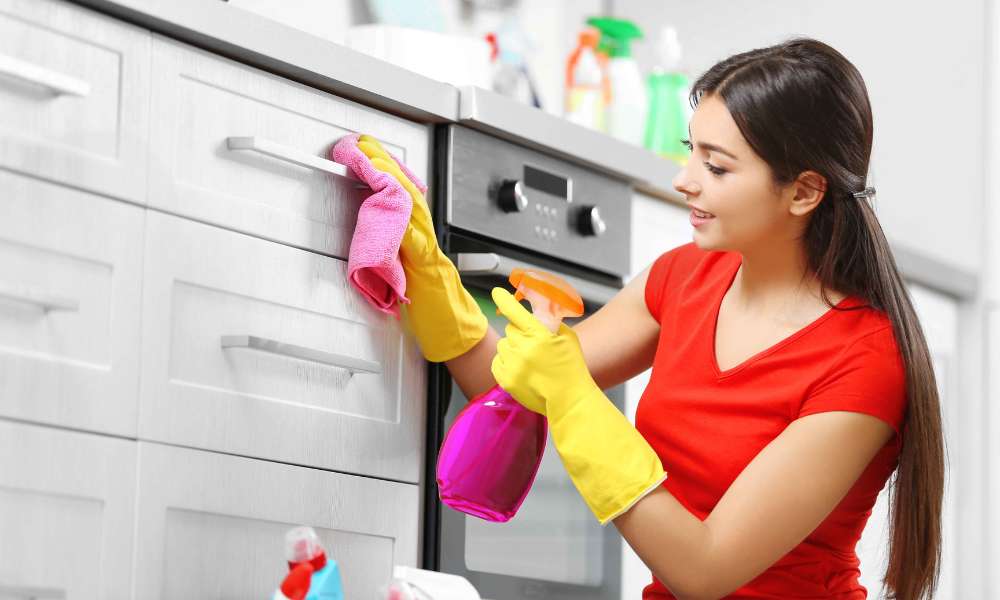Keeping your metal mixing bowls clean is essential for both hygiene and longevity. Whether you use them for baking, cooking, or prepping meals, clean bowls ensure that your food remains uncontaminated and that the bowls themselves stay in good condition for years to come. Metal mixing pots, whether made of stainless steel, aluminum, or copper, require specific care to maintain their appearance and functionality. This guide will provide you with comprehensive instructions on how to effectively clean and care for your metal mixing bowls, ensuring they remain spotless and in top shape. From daily cleaning routines to removing stubborn stains and deep cleaning techniques, you’ll find all the information you need to keep your metal mixing bowls sparkling clean.
Types of Metal Mixing Bowls
- Stainless steel
- Aluminum
- Copper
1. Preparation Before Cleaning
Before starting the cleaning process, gather all necessary supplies to ensure a smooth and efficient task. You will need mild dish soap, a non-abrasive sponge, a soft cloth, and for stubborn stains, baking soda or white vinegar. Safety is paramount, so avoid using harsh chemicals that can damage the metal or leave harmful residues. Additionally, wearing gloves can protect your hands from hot water and cleaning agents. Proper preparation sets the stage for thorough and safe cleaning, making the task more manageable and effective.
2. Daily Cleaning Routine
A daily cleaning routine is essential for maintaining the cleanliness and hygiene of metal mixing pots. Begin by rinsing the bowl with warm water to remove any food particles. Apply a small amount of mild dish soap to a non-abrasive sponge and gently scrub the bowl in circular motions. Rinse thoroughly with warm water to ensure no soap residue remains. Dry the bowl immediately with a soft cloth to prevent water spots and maintain its shine. Using recommended cleaning agents like mild dish soap helps preserve the bowl’s finish and prevent damage from harsh chemicals, keeping your bowls in top condition.
3. Removing Stubborn Stains
Stubborn stains on metal mixing pots can be challenging to remove but identifying the type of stain is the first step. Common stains include burnt-on food, water spots, and discoloration from acidic ingredients. Natural cleaning solutions like baking soda and white vinegar are effective for most stains and are gentle on the metal. For tougher stains, a paste made of baking soda and water can be applied and left to sit before scrubbing. Alternatively, chemical cleaners designed for metal can be used, but it’s crucial to follow the manufacturer’s instructions to avoid damage. Detailed stain removal techniques ensure your bowls remain spotless.
4. Deep Cleaning and Sanitization
Deep cleaning and sanitization are vital for ensuring your metal mixture bowls are free from bacteria and lingering odors. Begin by filling the bowl with hot water and adding a few drops of dish soap. Allow it to soak for a few minutes to loosen any residues. Use a soft brush or sponge to scrub the entire bowl, paying special attention to crevices and hard-to-reach areas. Rinse thoroughly with hot water. For sanitization, fill the bowl with a mixture of water and white vinegar or a sanitizing solution, let it sit for 10-15 minutes, then rinse well. Regular deep cleaning keeps your pots hygienic and ready for use.
5. Special Care for Different Metals
Different metals require specific care to maintain their appearance and functionality. Stainless steel bowls should be cleaned with non-abrasive materials to avoid scratches, and wiped dry immediately to prevent water spots. Aluminum bowls, being more reactive, should not be cleaned with acidic substances; instead, use a mild detergent and dry thoroughly to prevent oxidation. Read, glass mixing bowls. Copper bowls need regular polishing with a specialized copper cleaner to maintain their shine and prevent tarnishing. By following these tailored care tips, you can extend the life of your metal mixture bowls and keep them looking their best.
6. Preventing Damage and Maintaining Shine
To prevent damage and maintain the shine of your metal mixing pots, it’s essential to avoid using abrasive scrubbers and harsh chemicals that can scratch or dull the surface. Use soft sponges and mild cleaning agents instead. Regularly polishing your bowls with a suitable metal polish can help maintain their luster. Additionally, avoid stacking pots of different metals together, as this can cause scratches. Always dry your pots immediately after washing to prevent water spots and corrosion. By taking these precautions, you can keep your mixture bowls in pristine condition for years to come.
7. Storing Metal Mixing Bowls
Proper storage of metal mixing pots is crucial to prevent damage and maintain their longevity. Store your bowls in a dry area to avoid moisture accumulation, which can lead to rust and corrosion, especially in stainless steel and aluminum bowls. Nesting bowls of the same material together can save space, but place a soft cloth or paper towel between them to prevent scratches. For copper bowls, store them separately to avoid tarnishing from contact with other metals. By following these storage techniques, you can ensure your metal mixture bowls remain in excellent condition and ready for use.
8. Troubleshooting Common Issues
Common issues with metal mixing pots include discoloration, persistent odors, and minor damages. Discoloration can often be addressed by soaking the bowl in a mixture of water and white vinegar or using a metal polish. Persistent odors can be eliminated by scrubbing the bowl with a paste of baking soda and water or soaking it in a solution of water and lemon juice. Minor scratches and dents may be smoothed out with gentle sanding and polishing. Addressing these issues promptly ensures your bowls remain functional and visually appealing, extending their usability.
Conclusion
Maintaining clean metal mixture bowls involves understanding the specific needs of different metals, preparing adequately before cleaning, and following tailored cleaning routines. By adhering to daily cleaning practices, removing stubborn stains effectively, and performing regular deep cleaning and sanitization, you can keep your bowls in pristine condition. Special care for stainless steel, aluminum, and copper pots, along with proper storage and addressing common issues, further ensures their longevity and functionality. With these comprehensive care tips, your metal mixture pots will remain a reliable and attractive part of your kitchen arsenal.





